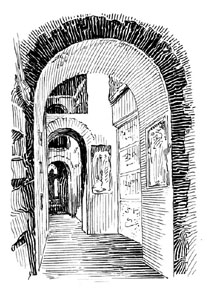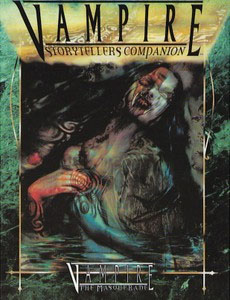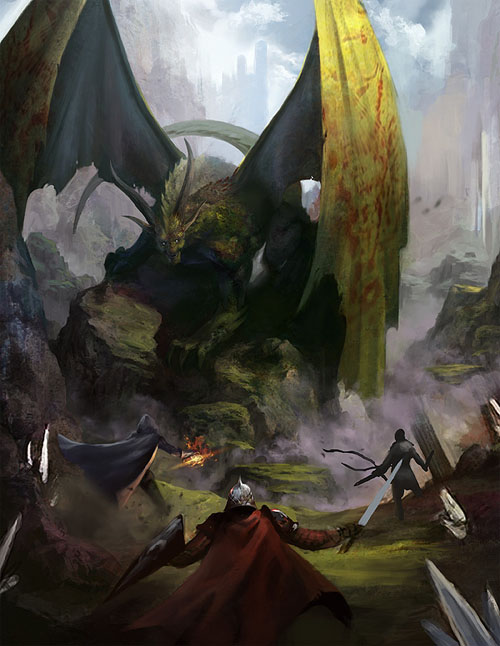As I mentioned awhile back, the Russian spammers figured out my math captcha. The intensity has died down again in the past couple months, but I’m still scanning through a couple dozen spam messages per day that slip past the captcha and hit the Akismet spam filter.
Usually it’s pretty easy to spot the false-positives and restore comments that should be seen by the world at large, largely because the spam comments are always complete non sequiturs that have nothing to do with anything I’ve ever talked about here on the Alexandrian. But a couple days ago I ran into this:
On the topic of AC being movement based, etbolusaly NOT!! While Dex does affect AC, AC is not dependent on Dex. AC is based on the ability of the armor to prevent damage to the wearer; which is why plate is better than chain is better than leather is better than clothing In the real world in medieval europe, clothing was a layer of wool on a layer of linen, leather was boiled (hardened) leather on a padded jacket (basically a moving blanket), chain was riveted iron rings on a padded jacket and plate was 1/32 to 1/16 inch think steel plate with small ring chain at the joints all on a padded jacket.Sheilds ranged from all but disposable Viking duelling sheilds (see the duel in 13th Warrior) to seriously stout wooden rounds and tear drops (kites much better for fighting from horseback, but very useful on foot too) to proper steel traditional shapes in late periods.Your dexterity might make you move a bit more fluid in your armor, but it did little for the actual defensive ability of the armor. If you get hit with a mace, the blunt force impact can still break bones in lessor armors (chain, leather, cloth). If you are stabbed, you are almost definately getting hurt in lessor armors (chain, leather, cloth). If you get knocked down in plate, you aren’t just jumping back onto your feet and returning the attack, you might even need help to stand again.Watch some YouTube videos of SCA combat to get a decent idea of what D&D combat would be like.
A little on the ranty side, but my first impression was that this was a legitimate comment. But then I noticed that it had been posted on the page for “Opening Your Game Table“… which has absolutely nothing to do with armor class. A little digging around then confirmed that the user name was linking back to a known spam domain.
So, apparently, the spam bots are playing RPGs now. Which, frankly, I’d be fine with: They just need to stop posting random comments on my website and start running some games on Google+. Ya know, contribute something to the community.
















